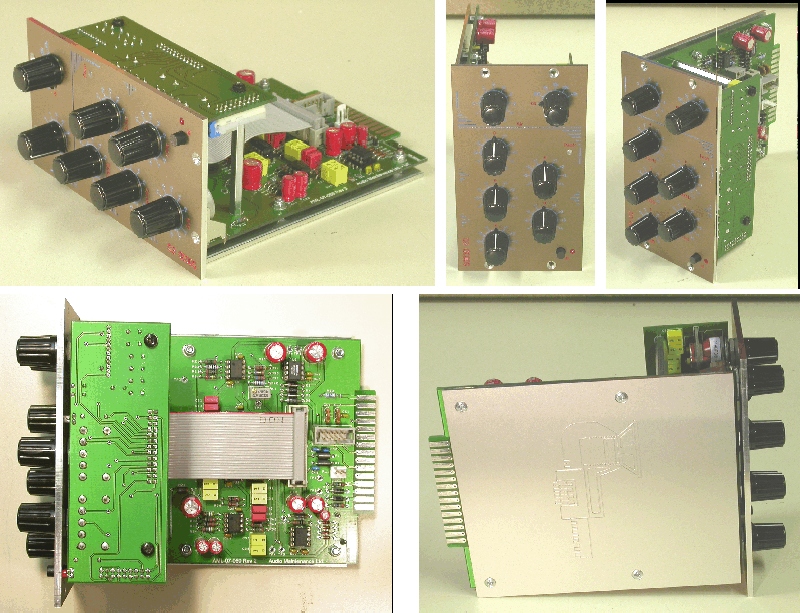Yes I have seen the resistor tables, ill probably do the same as harpo and have 5x 1db steps each way.
Would anyone be able to clarify another thing for me please, i spent the afternoon reading most of this thread. To my understanding of stepped attenuators, each resistor goes a a lug on the switch then the other resistor leg goes to a common point, usually a ring or the same trace on some stripboard.
But I have seen in this thread some people wire the attenuator in series, so each step increase introduces another series resistor into the signal path, my concern with the series method is that it introduces more noise with each additional resistor in the signal path.
please can you clarifiy which is the correct / most accrate method for this eq? If I am missing something please fill me in, afterall the building is only half the reason I am here, the other half is to learn (and hopefully help someone else in the future) ;D
sorry for bump, but I could do with some assistance on this please


























![Soldering Iron Kit, 120W LED Digital Advanced Solder Iron Soldering Gun kit, 110V Welding Tools, Smart Temperature Control [356℉-932℉], Extra 5pcs Tips, Auto Sleep, Temp Calibration, Orange](https://m.media-amazon.com/images/I/51sFKu9SdeL._SL500_.jpg)


















